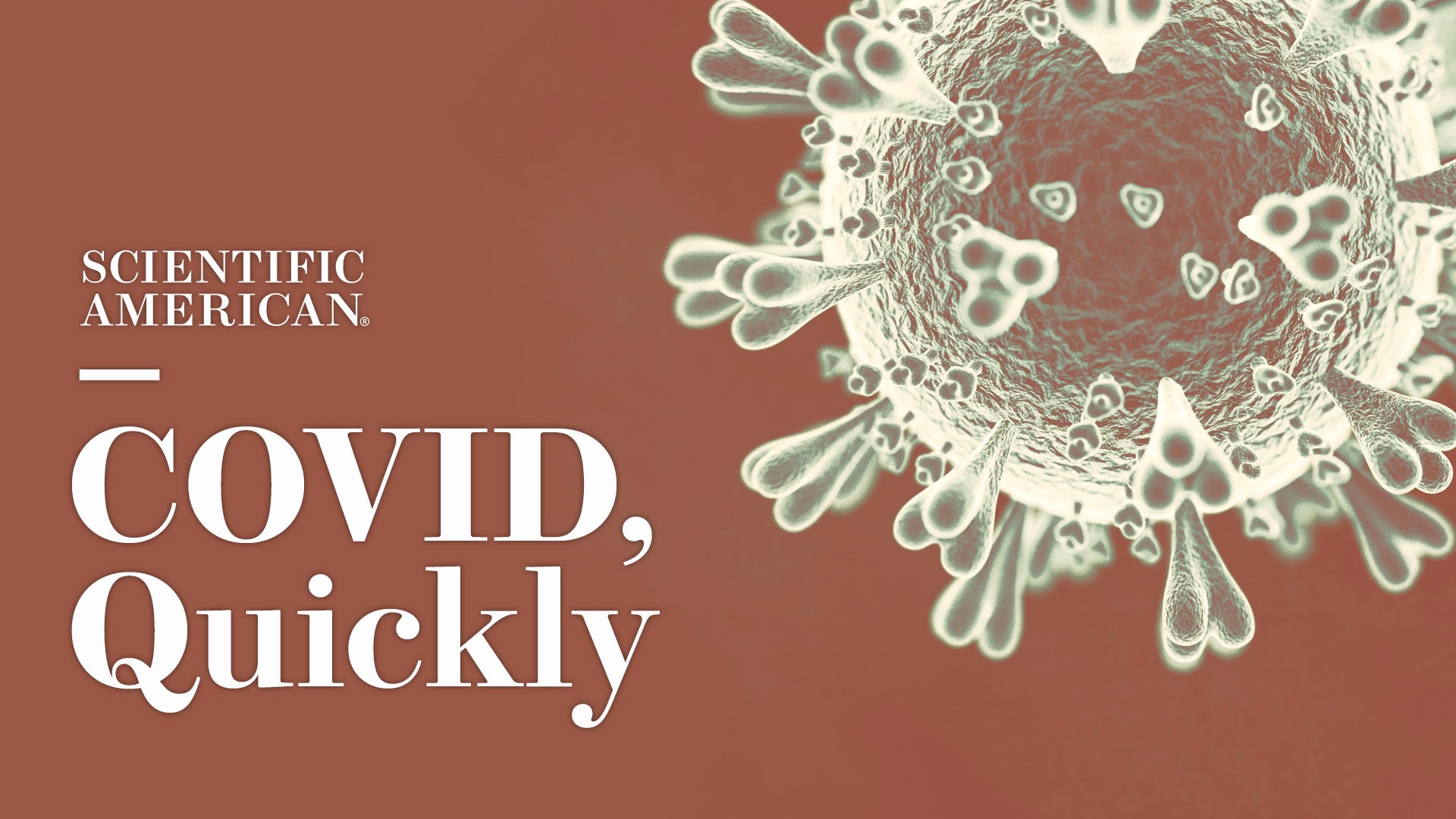A team of student researchers from John Jay College of Criminal Justice has discovered human microRNA genes not shared with any other primate species and which may have played an important role in the unique evolution of the human species. The students, under the direction of John Jay Professors Dr. Hunter R. Johnson and Dr. Nathan H. Lents, found at least three families of microRNA genes on chromosome 21.
The team utilized genome alignment tools to compare the most recent drafts of human and chimpanzee genomes, meticulously scanning for novel genetic elements unique to humans. Beginning with the smallest human chromosome, chromosome 21, the researchers were surprised to find a large region of human-unique DNA, called 21p11, that harbors several orphan microRNA genes.
Although the team found that the long arm of human chromosome 21 aligns well with that of other extant ape species, the short arm aligned poorly, suggesting that this region of the human genome has recently and substantially diverged from that of other primates.
According to their analysis of prehistoric human genomes, these changes predate the divergence of Neanderthals and modern humans. The genes also show little to no sequence-based variation within the modern human population. The team therefore theorized that the microRNA (miRNA) genes found in that region [miR3648 and miR6724] likely evolved in the time since the chimpanzee and human lineages split, sometime in the last seven million years, and are specific to humans.
Using computational tools, the team discovered with a high degree of likelihood that the predicted gene targets of the relevant miRNAs are related to embryonic development. Both miR3648 and miR6724 have been detected in tissues throughout the human body, including the brain, and may conceivably play a role in the evolution of humankind’s most unique organ. The findings point to the intriguing idea that these microRNA genes contributed to the distinct evolution of our species and the uniqueness of humankind.
“Understanding the genetic basis for human uniqueness is an important undertaking because, despite sharing nearly 99% of our DNA sequences with the chimpanzee, we’re remarkably different organisms,” said student researcher José Galván. “Small post-transcriptional regulatory elements like miRNAs and siRNAs [small interfering RNA] are under-appreciated and often misunderstood in the effort to understand our genetic differences.”
Thanks to their small size and structural simplicity, miRNA genes have fewer barriers to de novo creation than other gene types. MicroRNA genes can be extremely prolific in their regulation of other genes, meaning that modest changes to DNA sequence can result in wide-ranging impacts to the human genome. The creation of miR3648 and miR6724 serve as excellent examples of this process. This study revealed a new possible mechanism for the creation of new miRNA genes through duplications of rRNA genes, which calls for further research on how general this phenomenon may be.
The study’s co-authors include Dr. Nathan H. Lents, Professor of Biology at John Jay College of Criminal Justice, Dr. Hunter Johnson, Associate Professor of Mathematics at John Jay College of Criminal Justice, and a team of undergraduate student researchers: Jessica A. Blandino, Beatriz C. Mercado, José A. Galván, and William J. Higgins.
Story Source:
Materials provided by The City University of New York. Note: Content may be edited for style and length.
Note: This article have been indexed to our site. We do not claim legitimacy, ownership or copyright of any of the content above. To see the article at original source Click Here








